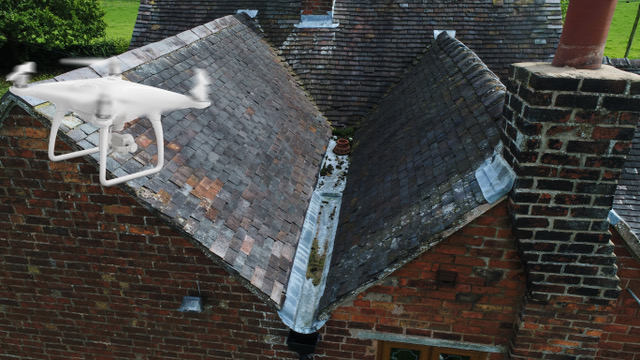
Orange Halloween pumpkins can be turned into green energy
With Halloween last weekend the problem for many householders is what to do with the old pumpkins and the jack-o’-lanterns the children have had fun carving out of various vegetables.
“Many throw them away and they eventually rot in landfill,” said energy expert Ron Fox. “But some people don’t realise that these orange vegetables can be turned into green energy.”
For those residents who have local authority collections all they need to do is to put them outside in their food waste bins. Unfortunately, those without that service cannot take their old vegetables directly to the food waste sites.
The pumpkins are delivered by the councils and supermarkets to companies such as Severn Trent Green Power who are expecting to see up to 50,000 unwanted pumpkins this month, which would otherwise be destined for landfill, arrive at their eight plants.
The vegetables are put into large vats at the sites which act as giant stomachs breaking the food waste down into bio-methane gas in an anaerobic digestion (AD) process.
This naturally released green gas is then injected back into the local gas grid or converted into electricity, which again can be exported to the local grid, decarbonising the energy for everyone’s use.
This in turn creates 17 megawatt hours of renewable energy which can boil 172,800 kettles or power up to 58 fridge freezers for the year.
The leftover waste from the process is then turned into garden compost.
A spokesperson for Severn Trent Green Power said they were expecting a 30 per cent increase in the number of pumpkins they received this year compared to 12 months ago. This is because families were forced to have fun at home this Halloween because of the pandemic and carving pumpkins has proved to be a great activity to keep youngsters entertained.
Ron said for those who can’t get to a food waste plant they can still have a green Halloween by putting their old pumpkins in a compost bin as they break down within a couple of weeks to give flower and vegetable beds some much-needed nutrients. And the seeds can be used to feed the animals and birds by putting them on a plate or shallow bowl to dry. They can also be then mixed with the bird seed in the feeders in the garden.
The green energy produced from food waste forms part of Severn Trent’s triple carbon pledge – achieving zero carbon emissions, 100 per cent renewable power and an all-electric fleet of vehicles by 2030.
The company kept its eight food waste plants open throughout the national lockdown earlier in the year, to prevent food waste from heading to landfill. It saw a big jump in the amount of domestic food waste that arrived at its doors between March and July, offsetting the drop from commercial outlets, when pubs and restaurants were forced to close.
“It is amazing to see the innovative ways being used to create green energy,” said Ron, of Noreus Ltd on the University of Keele Science and Innovation Park (www.noreus.co.uk), “and pumpkin power is certainly one of them.”
For more details about green energy ideas, call Ron on 01782 756995.




